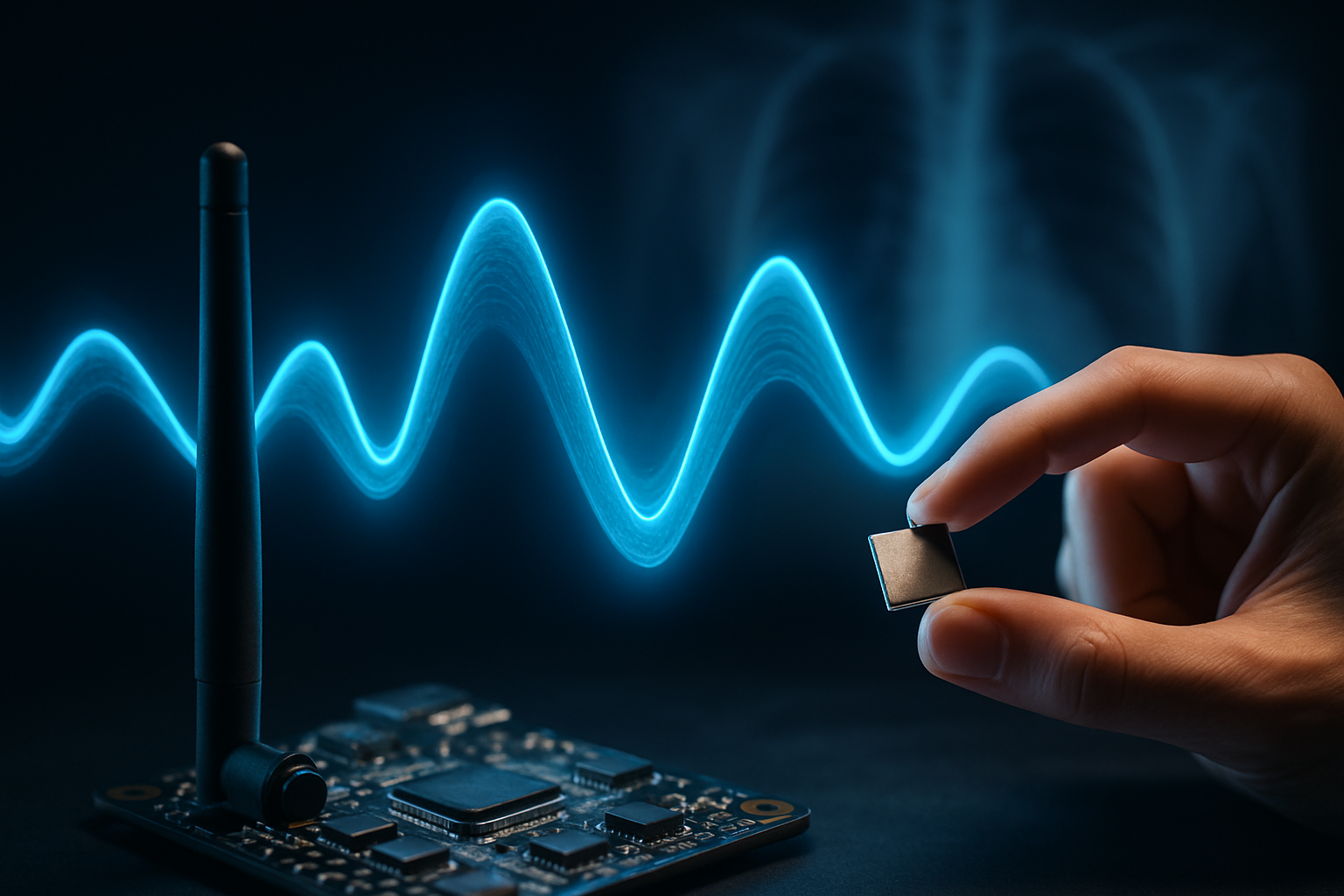Revolutionizing Communications: The Era of Terahertz Wireless
In a world hungry for faster, more efficient data transmission, a groundbreaking technology is emerging on the horizon. Terahertz wireless communication promises to revolutionize the way we connect, offering unprecedented speeds and bandwidth capabilities. This cutting-edge innovation has the potential to transform industries, reshape our digital landscape, and usher in a new era of connectivity that goes beyond our current imagination.

Historically, the terahertz band has been challenging to harness due to technological limitations in generating and detecting these waves. However, recent advancements in materials science, photonics, and nanotechnology have paved the way for practical applications of terahertz technology in wireless communications.
Unprecedented Data Transmission Speeds
One of the most exciting aspects of terahertz wireless technology is its ability to transmit data at speeds that dwarf current wireless standards. While 5G networks boast peak data rates of up to 20 Gbps, terahertz systems have the potential to achieve speeds in the terabits per second range – a hundredfold increase or more.
This exponential leap in data transmission capabilities could revolutionize numerous applications, from ultra-high-definition video streaming and virtual reality experiences to real-time remote surgery and instantaneous cloud computing. The sheer volume of data that can be transmitted in a fraction of a second opens up possibilities that were previously unimaginable.
Enhanced Network Capacity and Reduced Latency
As our world becomes increasingly connected, the demand for network capacity continues to skyrocket. Terahertz wireless technology offers a solution to this growing challenge by providing significantly more bandwidth than current wireless systems. This increased capacity allows for a greater number of devices to connect simultaneously without compromising performance.
Moreover, terahertz communications promise ultra-low latency, potentially reducing delay times to mere microseconds. This near-instantaneous data transfer is crucial for applications that require real-time responsiveness, such as autonomous vehicles, industrial automation, and augmented reality systems.
Overcoming Technical Challenges
While the potential of terahertz wireless technology is immense, several technical hurdles must be overcome before widespread adoption becomes feasible. One of the primary challenges is the limited transmission range of terahertz waves due to atmospheric absorption and scattering.
Researchers are actively developing innovative solutions to address this issue, including the use of beamforming techniques, advanced signal processing algorithms, and novel antenna designs. These approaches aim to extend the range of terahertz communications while maintaining the high data rates that make the technology so promising.
Another significant challenge lies in the development of cost-effective and efficient terahertz transceivers. Current prototypes often rely on expensive and bulky components, making them impractical for widespread deployment. However, ongoing research in integrated photonics and semiconductor technologies is rapidly progressing towards more compact and affordable terahertz communication systems.
Applications Across Industries
The potential applications of terahertz wireless technology span a wide range of industries and sectors. In healthcare, terahertz communications could enable ultra-high-resolution medical imaging and real-time monitoring of patients, revolutionizing diagnostics and treatment. The manufacturing sector could benefit from enhanced wireless control of robotic systems and improved quality control through non-invasive material analysis.
In the realm of entertainment and media, terahertz technology could pave the way for immersive holographic displays and lightning-fast content delivery. The financial sector could leverage the ultra-low latency of terahertz communications for high-frequency trading and secure, instantaneous transactions.
Security and Privacy Considerations
As with any new communication technology, terahertz wireless systems raise important questions about security and privacy. The highly directional nature of terahertz beams offers inherent advantages in terms of reducing interference and improving security against eavesdropping. However, the increased data transmission capabilities also present new challenges in protecting sensitive information and preventing unauthorized access.
Researchers and policymakers are already working on developing robust encryption protocols and security measures tailored to the unique characteristics of terahertz communications. These efforts aim to ensure that the benefits of this revolutionary technology can be realized without compromising the privacy and security of users.
The Road Ahead
While terahertz wireless technology is still in its early stages, the rapid pace of research and development in this field suggests that practical applications may be closer than we think. As technical challenges are overcome and standards are developed, we can expect to see terahertz communications gradually integrated into our existing telecommunications infrastructure.
The journey towards widespread adoption of terahertz wireless technology will require collaboration between academia, industry, and regulatory bodies. Standardization efforts are already underway to ensure interoperability and seamless integration with existing wireless networks.
As we stand on the brink of this technological revolution, it’s clear that terahertz wireless communications have the potential to reshape our digital landscape in profound ways. From ultra-fast data transfers to new possibilities in healthcare, manufacturing, and beyond, the era of terahertz wireless promises to unlock a world of opportunities and innovations that we are only beginning to imagine.





